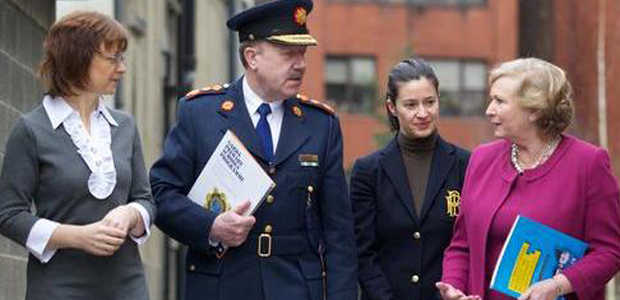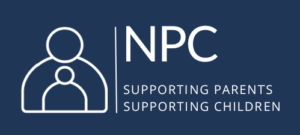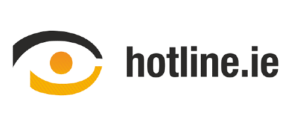 The Webwise Primary Programme is the first-ever primary school internet safety teaching resource.
The Webwise Primary Programme is the first-ever primary school internet safety teaching resource.
The Webwise Primary Programme is a booklet which gives SPHE teachers assistance in teaching safe and responsible internet use.
Developed by Webwise and Stay Safe (Child Abuse Prevention Programme), it was launched by Frances Fitzgerald, the Minister for Children and Youth Affairs.
It is designed to further address aspects of both the personal safety and media education objectives of the SPHE curriculum which are not covered by other resources.
The Webwise Primary Programme
The first part of the resource focuses on skills needed for surfing the web such as effective and safe searching, downloading images and determining what online content can be trusted.
Skills required to safely and effectively communicate online or by text message and issues relating to sharing personal information online, treating others with respect, cyberbullying, and dealing with spam are all looked at in the second part of the booklet.
“All of us: parents, teachers, policy-makers; can help play a role in instilling in our children the skills to establish supportive relationships, to navigate the torrent of online information, and to capitalise on the opportunities afforded to them by technology to engage with and improve their society,” said Fitzgerald at the launch.
“I believe the debate about children on the internet needs to move on from one which portrays young people as victims of allegedly malevolent technologies to one which focuses on how we can empower young people to manage the risks inherent in the technology themselves; so that they can extract the most benefit.”
She added: “It is for this reason that I am happy to launch Webwise Primary School Programme.”



